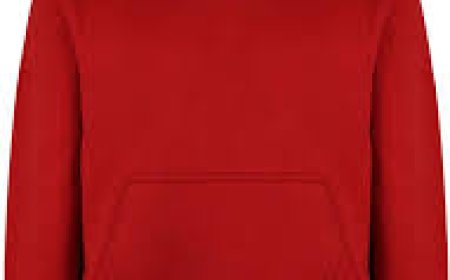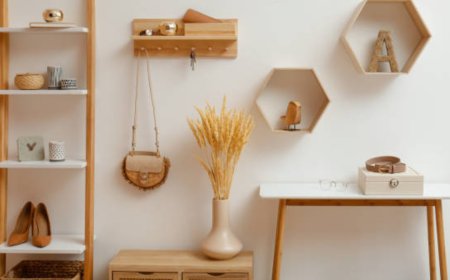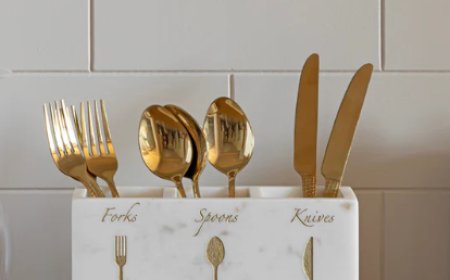Choosing the Perfect Office Table for Your Workspace
Selecting the right office table is essential for creating a productive and comfortable workspace. An office table is more than just a piece of furniture; it plays a vital role in supporting daily work activities, enhancing organization, and reflecting the companys professional image. With the increasing variety of designs, materials, and features available, choosing the perfect office table can be overwhelming. Its important to consider factors such as ergonomics, size, style, and functionality to ensure the table meets your specific needs. Whether you are setting up a home office, a corporate workspace, or a co-working environment, the right office table can significantly improve workflow and employee satisfaction.
Ergonomics and Comfort in Office Table Design
Ergonomics is a key consideration when selecting an office table, as it directly impacts health and productivity. An ergonomic office table supports proper posture, reduces strain on the body, and prevents common issues like back pain and repetitive strain injuries. Features such as adjustable height, adequate legroom, and sufficient surface area for monitors, keyboards, and other tools can create a comfortable working environment. Many modern office tables come with height-adjustable options, allowing users to alternate between sitting and standing positions. This flexibility promotes better circulation and reduces fatigue. When choosing an office table, also consider the compatibility with ergonomic chairs and accessories like monitor arms and footrests to maximize comfort.
Size and Space Planning for Your Office Table
The size of your office table should align with the available space and the tasks you perform. A table that is too small can feel cramped and limit productivity, while an excessively large one may overwhelm the room and reduce efficiency. Measure the workspace carefully and think about how much surface area is needed for your work essentials such as computers, documents, and personal items. For shared or collaborative workspaces, consider tables that can accommodate multiple users comfortably. Modular office tables or those with extendable features provide flexibility for different tasks and team sizes. Additionally, the tables shape rectangular, L-shaped, U-shaped, or circular can influence the flow of the workspace and interaction among employees.
Material and Durability of Office Tables
The choice of material greatly affects the look, feel, and longevity of an office table. Common materials include wood, metal, glass, and laminate. Wooden tables, especially those made from solid wood or high-quality veneer, offer a classic and professional appearance while providing sturdy support. Metal frames combined with wooden or laminate tops can offer durability with a modern aesthetic. Glass office tables create an elegant and spacious feel but require more maintenance to keep them clean and free of fingerprints. When considering durability, also pay attention to the tables finish and construction quality. A well-built office table should withstand daily use without warping, scratching, or showing signs of wear quickly.
Functionality and Storage Options in Office Tables
Modern office tables often come with integrated storage solutions to help maintain a clutter-free workspace. Built-in drawers, shelves, and cable management systems enhance organization and efficiency. A good office table design allows easy access to frequently used items while keeping the work surface neat. Some office tables include lockable compartments for securing important documents or personal belongings. Cable management features are particularly important in todays technology-driven workplaces, helping to organize computer cables, chargers, and other electronic accessories. Consider your specific needs for storage and technology integration when selecting an office table to ensure it supports your workflow seamlessly.
Style and Aesthetic Considerations for Office Tables
The style of an office table contributes to the overall atmosphere of the workspace and can influence employee morale and client impressions. Contemporary office tables with sleek lines and minimalist designs suit modern offices, while traditional wood tables may be preferred in more formal settings. Color and finish options allow customization to match the office dcor or brand identity. For creative environments, more unconventional or colorful office tables might inspire innovation and collaboration. Its important to choose a table style that balances aesthetics with practicality, ensuring the furniture complements the space while meeting functional requirements.
Budgeting for Your Office Table Purchase
Budget plays a significant role in the decision-making process when purchasing office tables. Prices vary widely based on materials, size, features, and brand reputation. It is advisable to establish a clear budget before shopping and prioritize essential features that will deliver the best value. While it might be tempting to opt for cheaper options, investing in a high-quality office table often results in long-term savings by reducing replacement and maintenance costs. Many suppliers offer flexible pricing and package deals, especially when outfitting multiple workstations. Evaluating the return on investment in terms of durability, ergonomics, and style can guide you to a smart purchase.
Trends in Office Table Design and Technology Integration
As work environments evolve, so do office table designs and their integration with technology. Adjustable desks that can switch between sitting and standing modes are increasingly popular for promoting health and productivity. Some office tables now come equipped with built-in wireless charging pads, USB ports, and smart cable management solutions to support the latest devices and reduce clutter. Collaborative tables with modular components allow teams to reconfigure layouts easily for meetings and brainstorming sessions. Sustainable materials and eco-friendly manufacturing processes are also gaining traction among businesses committed to environmental responsibility. Staying aware of these trends can help you select an office table that is future-proof and aligned with modern workplace needs.
Maintenance Tips for Prolonging the Life of Your Office Table
Proper maintenance of your office table ensures it remains functional and visually appealing for years. Regular cleaning with appropriate products prevents damage and keeps surfaces looking fresh. For wooden tables, using polish or wax designed for wood can maintain the finish and protect against scratches. Metal components benefit from wiping down with damp cloths to avoid rust or corrosion. Avoid placing hot items directly on the table surface and use coasters or mats to prevent stains. Inspect joints and screws periodically to tighten any loose parts and ensure structural integrity. With proper care, your office table will continue to support your workspace effectively.
Conclusion: Finding Your Ideal Office Table
Choosing the right office table is an investment in your workspaces functionality, comfort, and aesthetic appeal. By considering ergonomics, size, materials, storage, style, budget, and maintenance, you can find a table that enhances productivity and fits seamlessly into your environment. Whether furnishing a home office or an entire corporate floor, thoughtful selection ensures the furniture supports your daily work needs. For those seeking quality and variety, consulting a reliable partner like office furniture supplier Philippines can simplify the process and provide access to the latest designs tailored to your requirements. An ideal office table is more than just furniture it is a foundation for success.
































